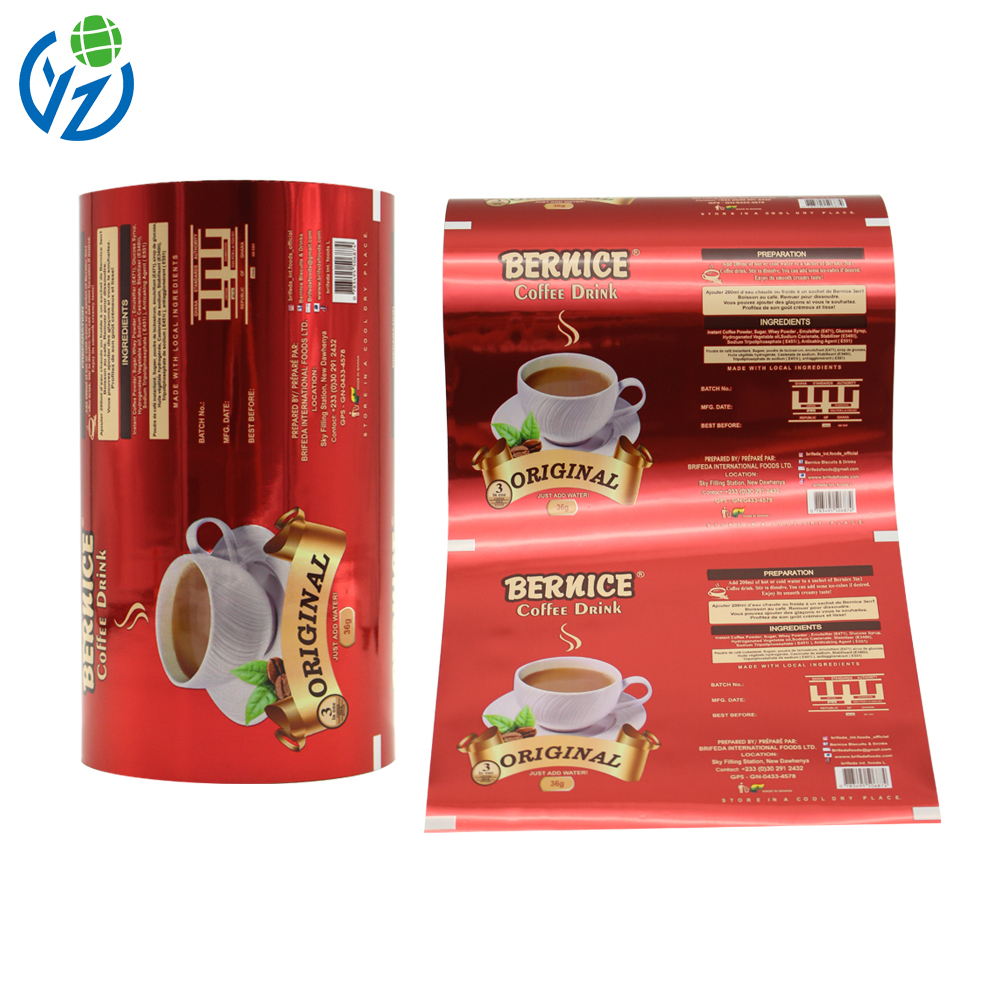First, remember what the primary purpose of the package is and what it is supposed to do. Packaging for drinks—hot or cold, like iced tea or instant coffee—will have specific challenges such as leakage, possible spoilage, air exposure, and light exposure. It is more than just the container. It has to fully prevent leakage, maintain the closure to defend against air spoilage, and light exclusion to maintain quality. Any failure to deliver on these essential functions and the beverage will spoil, and the trust of the customer will not only be lost but also the trust in the brand.

In beverage packaging, ensuring safety is an essential. Make certain that the flexible plastic used is of the required food-grade standard. Ensure the packaging has passed the uses tests based on FDA 21CFR 177.1520. This certification confirms the plastic won’t leach dangerous materials into the beverage during long contact durations. For instance, the packaging for packaging for beverage fruit juices should also be able to withstand and not react to the acidity of the juices. Opting for packaging that meets these safety standards is not only about compliance, but it’s about ensuring peace of mind for your consumers.
When it comes to flexible plastic packaging for beverages, Packaging Roll Film represents the most critical component. For starters, evaluate the thickness of the plastic. If it is too thin, it may tear or allow air to pass through. If it is too thick, it will add cost and rigidity to the packaging. Next, evaluate the barrier properties of the packaging roll film. Effective packaging roll films must keep oxygen out, as it spoils beverages and makes them go stale. Moisture control is also critical—it is a must for flexible packaging of powdered drink mixes. Furthermore, the roll film must take ink for printing beverage packaging. This is because beverage packaging must display brand logos and product information. Packaging roll films come in high quality when they manage to combine all packaging requirements, preserve the drink, and enhance the aesthetic of the packaging.
Usability is another important feature you should consider. Since beverage packaging is often used on the go, it should be simple and seamless. As an example, spout pouches make an excellent pack because they allow easy pouring and prevent spilling. The spout must open with minimal effort and seal tight after pouring to ensure the remaining drink is secured. Resealable zippers also provide added value by allowing customers to close the pack if they want to save it for later. Also, consider the pack's total weight. Flexible, lightweight, and flexible packaging means customers won’t mind if they are carrying the pack to work or on a trip. These functions make the pack easy to use and form a reason for the customer to repurchase the product.
Beverages are handled many times before a customer accesses them. Thus, flexible plastic packaging should be complete. It should be able to withstand being stacked and not crush or leak. It should withstand scratches and tears while being transported as well. For instance, packaging iced beverages filled in plastic be flexible enough to withstand the constant movement of the bottles. The durability of packaging maintains waste from broken and damaged beverages. Damage control and intact packaging facilitate pleasing customers and sustaining brand value.
Beverages come in various formats, and so must the flexible plastic packs. With carbonated beverages such as sodas, the packs must withstand the pressure of the contents. An innately weak pack may lead to bursting or leaking. In the case of hot-fill beverages such as some teas, the pack must withstand high temperatures without losing its shape or leaching contaminants. For drinks made with milk, the pack must have enhanced barrier properties to prevent the pack from becoming pouched; when pack bacteria growth occurs, it alters the taste and smell of the drink. Overall, checking the pack meets the drink specifications saves the beverage from going bad and preserves the taste.
For most customers, sustainability and "going green" is an important current matter, and thus, it is wise for your packaging to include eco-friendly options. When sourcing packaging, try to select packaging options that are flexible and recyclable; try to source packaging that is BPA-free. Recyclable packaging minimizes waste, thus, is more appreciated by customers that recognize and celebrate ecological sustainability. Also, lightweight flexible plastic is made with less material, thus, less ecological and fossil fuel resources are used to manufacture and distribute the plastic. Some packaging uses post-consumer recycled materials, thus, further minimizing environmental negative externalities. Lastly, adopting brazenly eco-friendly packaging does help the planet, but it more importantly helps businesses to positively resonate with environmentally conscious customers.
 Hot News
Hot News2025-12-19
2025-12-15
2025-12-09
2025-12-04
2025-11-21
2025-11-17
Copyright © 2025 by Yuanzhong Color Printing Co.,Ltd. — Privacy Policy